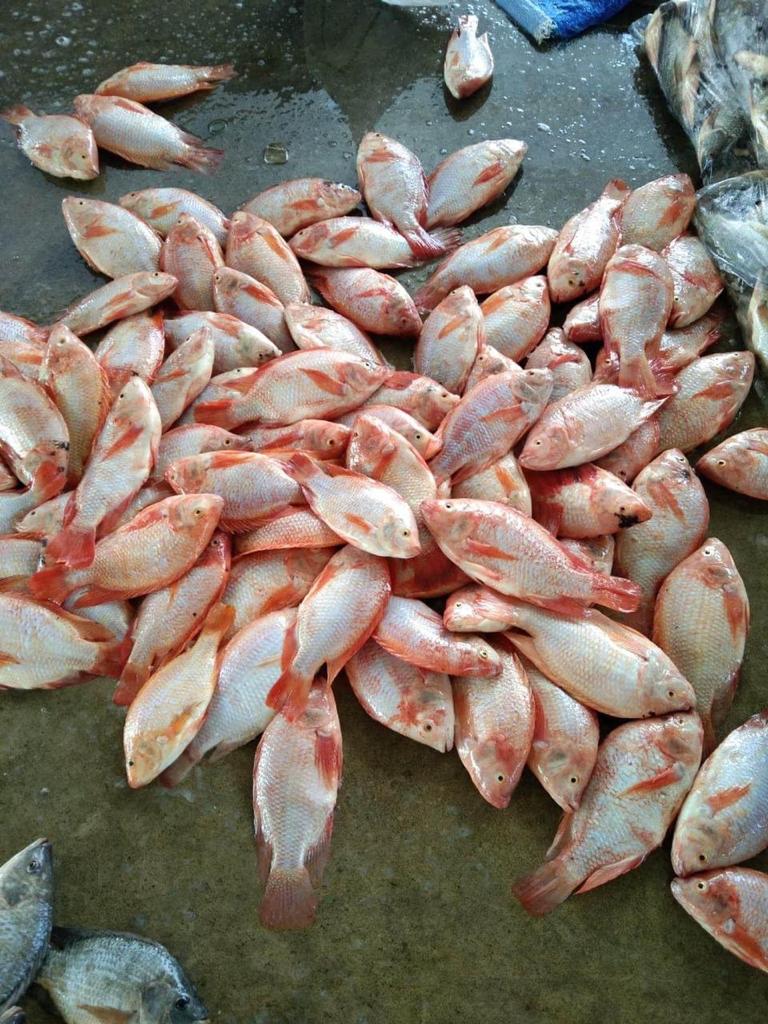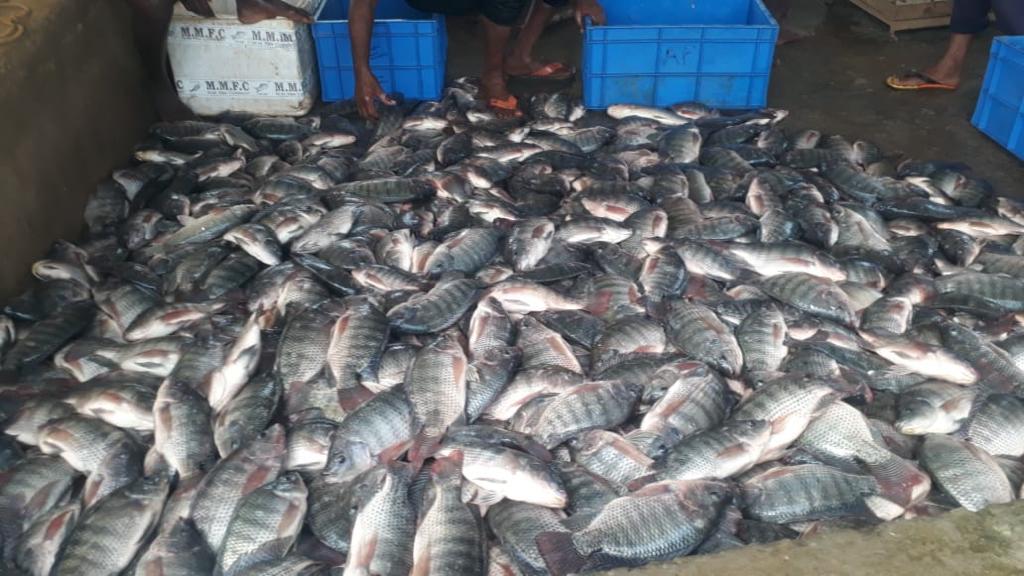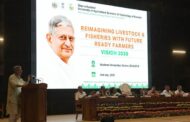Author: Arabind Das
On 15th Nov 2022 world population reached 8.0 billion mark and estimated to grow to 8.5 billion in 2030 and 9.7 billion by 2050. More than the half of the increase will be contributed by India, Philippines, Pakistan and Sub-Saharan region.
India’s current population is 1.4 billion (UN estimates) which is expected to grow to 1.5 billion by 2030 and 1.7 billion by 2050. Currently estimated 270 Mn people are below the poverty line out of which 80% lives in rural areas. Approx 51% of the rural poor depends on casual labour (non-farm and farm) which is their main source of income. Approx 45% of rural poor are illiteratewhere as 15% are secondary and above. Only 40% are primary educated or literate. They spend 56% of their income in food which does not take care of daily nutritional requirement of children, adolescent girls, expectant mothers and lactating mothers.
India has set a target to reduce stunting amongst children to 25% by the end of 2022. However, it seems difficult due to various challenges due to Covid and Post Covid economic situation. Children younger than five years of age are stunted due to chronic undernutrition which has its long-lasting impact on development of brain and health and hence earning potential in adult stage.
Liu Zhenmin, UN Under-Secretary-General for Economic and Social Affairs says “The relationship between population growth and sustainable development is complex and multidimensional. Rapid population growth makes eradicating poverty, combatting hunger and malnutrition, and increasing the coverage of health and education systems more difficult.”

India is trying to address this through UN SDGs (Sustainable Development Goals). Aquaculture can address following SDGs;
- SDG 1: End Poverty in all its forms everywhere
- SDG 2: End hunger, achieve food security and improved nutrition and promote sustainable agriculture
- SDG 3: Ensure healthy lives and promote well-being for all at all ages
- SDG 5: Achieve gender equality and empower all women and girl
- SDG 8: Promote sustained, inclusive and sustainable economic growth, full and productive employment and decent work for all
- SDG 14: Conserve and sustainably use the oceans, seas and marine resources for sustainable development
It provides an opportunity to rural women for a sustainable meaningful earning potential beside providing most nutritious food for her family. Aquaculture helps rural women to be part of economic growth. They can play vital role in increasing in export earnings too.
India is the 2nd largest producer of Fish and marine produce and 4th largest exporter in the world. India leverages its captive brackish water land to produce shrimp and approximately 90% of it is exported. With the increase in population and per capita income the demand for the protein is bound to increase and hence, the domestic demand and global demand is an opportunity.
Animal protein productions are projected for growth on the back of increasing demand of poultry meat, aquaculture and marine sea catch and declining consumption of beef and pork with the change in life style and economic hardship.
Ministry of Commerce and Industries has included Fishery and Marine sector as a Champion Sector. SCALE Committee is focussing on quadrupling the Fishery and Export by 4X in next 10 years. The Committee has mapped world market, species that is mostly traded, importing and exporting countries for next decade. As per the committee’s study India must move to more value-added product export and for the domestic consumption especially in HORECA segment to improve the value realisation. Over next 10 years India will face stiff competition in Shrimp from other exporting countries into major importing countries such as USA and the Europe, Japan. Hence, the SCALE Committee after due deliberation with the leading Industry experts in India and outside and best bet species assessment identified ‘Tilapia” and ‘Scampi” as the species to pursue on the basis of its suitability to our condition, domestic market potential and rising demand in the global market.
With the challenge in sea catch the aquaculture has been under focus to meet the protein demand. In Aquaculture Tilapia is the 3rd largest traded species in the world and shown decent growth over last 10 years and has a potential to further grow. It is one of the most consumed fish in the world. It is a very good source of protein, vitamins and minerals and is comparatively inexpensive. During the pandemic its market didn’t suffer as much as that of other species. Tilapia can grow easily in ponds and also in reservoir cage culture.
Tilapia is at a nascent stage in India but has huge potential. It needs focussed integrated approach to carry out production at scale to remain sustainably competitive in the domestic and global market.

India has large water bodies – reservoirs, canals, back-yard ponds that can be meaningfully and productively leveraged for fish production on the basis of species that is in demand in domestic and world market. India needs hatcheries, grow out ponds, cages for reservoirs and above all participation of farmers, entrepreneurs, industries and support of Central & State Governments. Each declared clusters must have both pond culture and cage culture in reservoirs along with Feed Plants, Processing facilities. Cold chain & logistic infrastructure and testing facilities. It needs collaborative approaches of relevant ministries to come out with purposeful policy that can support this kind of initiative and attract investment to deliver not only Socio-Economic benefits but also put India in export market with greater market share. This will connect our rural women and youth with the main stream economy and export earnings for the country.
In 2011 WorldFish, one of the 15 Research Centre of CGIAR, a Not-for-Profit Organisation under collaborative agreement Phase I has given GIFT Tilapia families to RGCA (Rajiv Gandhi Centre for Aquaculture. They provide Quantitative Genetics Program, Best practices and Training to the RGCA to develop high performance lines. In the year 2019 New Lines of GIFT Tilapia with improved performance were given under phase II collaboration agreement. With the back up support of genetics research from WorldFish India is in good hand to go ahead with commercial farming for domestic and export market.
GIFT Tilapia is an improved strain that is hardy, resilient and fast growing than other tilapia strains. It completes production cycle more quickly and efficiently than other strains. It has helped small scale farmers in many countries in ensuring sustainable source of income, food and nutrition and more importantly excellent adaptation to climate change.
Brood Stock Multiplication Centres supplies brood stocks to hatcheries around it. It has a gestation period of 1 to 2 years before it starts delivering returns.
It is always advisable to establish modern scientific hatcheries for production of tilapia fry which is 0.5 gm to 2 cm in length. These fries are all male (mono-sex). With the growing focus on Tilapia farming there is an excellent opportunity for the rural youth and entrepreneurs to establish Tilapia Hatcheries in growing clusters.
Most Tilapia farmers worldwide grows fingerlings (25 to 50 gms) which is 10 to 12 cms in length, from Fry that they buy from the hatcheries. Then they shift them to grow out ponds.

For value added products like fillet mostly the fish is grown to 750 – 850 gms size or above. The price realisation goes high with the increased body weight. In US Market tilapia fillet is retailed at around $ 12 to 13 (Rs 1000) per Kg. However, it is traded at $ 6 to 7 (Rs 500) per Kg at the landing stage. It is important to note that skin-off fillet yield is approx 30 – 35%. Current cost of GIFT Tilapia production cost is approx. Rs 66 to 68 per kg at farm gate.
For successful sustainable viable tilapia farming lies in scale and demand led production. Cage culture farming in reservoir gives premium quality (bright colour and clean flavour) fillet that fetches higher price in the export market like USA, Europe and Japan. Fillet produced from tilapia fish grown in ponds gives a little dull colour and muddy flavour and hence, fetches lower prices ($4 to 5 per Kg). Similarly smaller fish fillet fetches lower prices. Muddy flavour and dull colour are preferred in domestic market. However, domestic HORECA segment prefers export quality but buys big and small fillet depending on the cost.
In tilapia farming major cost is feed. Hence, it is important to monitor the feed quality and feeding quantity and Feed Conversion ratio (FCR).
To compete in international market, it has to be a collective effort from Brood Multiplication Centre (BMC) to Hatchery operators to Fingerling production & grow out farmers. To remain sustainably competitive in the export market, we have to control the cost of seed, survival rate at each stage and most importantly FCR beside biosecurity.
Support of a good genetic program is required to overcome challenges of diseases, if any, improving survival rate, feed conversion and grow-out time beside improving traits that is liked by the consumer.

Global tilapia production in 2020 is est at 7.0 million Mts. A steady gain has been forecasted in the future. This is 2nd most farmed fish in the world and produced in 127 countries because it has extremely high breeding rate and can be farmed in small to medium to commercial (cage) culture system. It does not require high start-up cost and grows to 750 gms size in 6 months.
In Bangladesh poor and lower income families prefer 100 to 150 gms size (2 to 3 months) pond grown tilapia because of its lower cost. It is a low-price animal protein and rightly called as the everyman’s fish.
For commercial production a typical small and medium hatchery will cost approx Rs25 Lakhs that will produce 2.0 million and 10.0 million GIFT fry respectively. The cost production will be approx. Rs1.0 and Re 0.70 per fry respectively.
A typical semi-intensive pond GIFT tilapia farming will deliver 10 Mts per harvest and the farmer can harvest twice per year per hectare where as in intensive farming the harvest can go upto 40 Mts per year.
For sustainable competitive exports reservoir circular cage culture is advisable. One circular cage of 1000 Cu meter cost approx. Rs 13 Lakhs and can produce 30 Mts per harvest in 6 months and 60 Mts per year. In circular cage culture approx. production cost of GIFT Tilapia will be Rs 67 to 70 per Kg. The life of circular cage is around 10 years. It is a very good opportunity for rural youth, new entrepreneurs and fishery industries.
Let us leverage our huge water body resources with an integrated approach – hatchery, feed plant, cold supply chain facility and processing plant in “Aquaculture Cluster.”State governments must consider economically sustainable integrated policies, low cost long lease of and single window approvals that can attract investments. Government can provide funds through WSHGs (Women Self Help Groups) to clean existing ponds and do aquaculture farming. This initiative will develop market demand linkedaquaculturefarming and processing centres for value-added products. It will not only provide rural women and youth to be part of this market linked opportunity and create jobs but also addresses food & nutritional security to large extent. This will revive dying ponds in our villages and support rain water harvesting too.
Truly, aquaculture can transform socio-economic condition in rural India!
(This article is written by: Arabind Das,Partner – Inspirare Consulting LLP, CMD, Nutriwiz Global Food Advisory Services Pvt Ltd)





